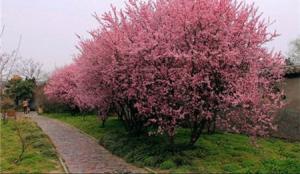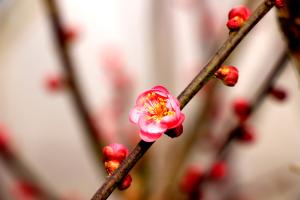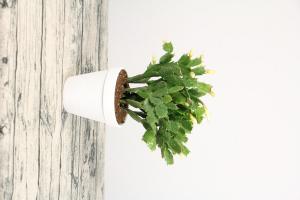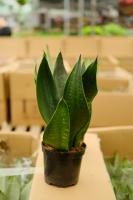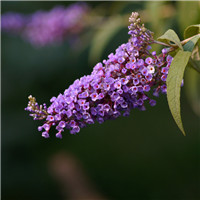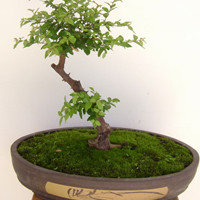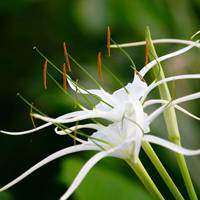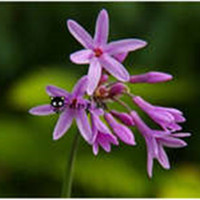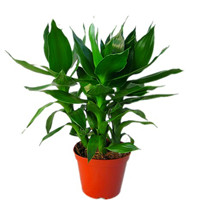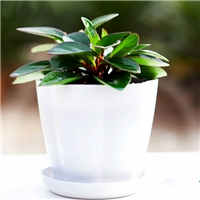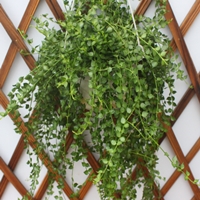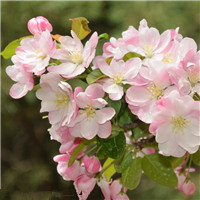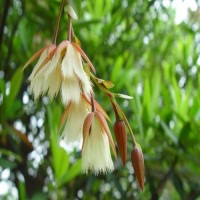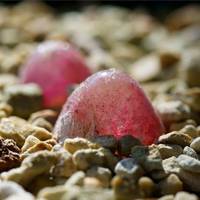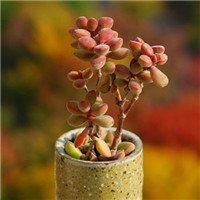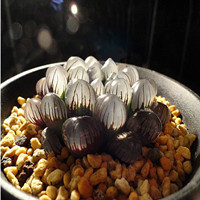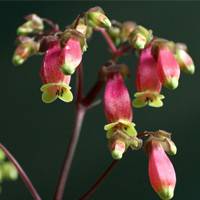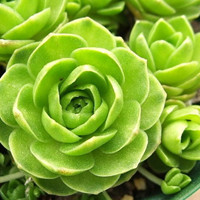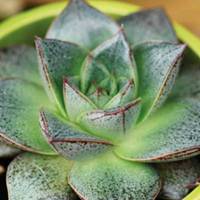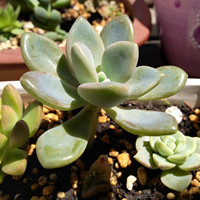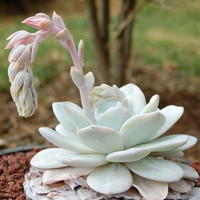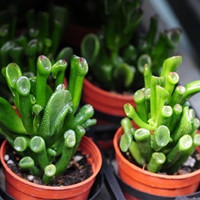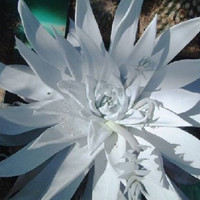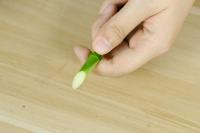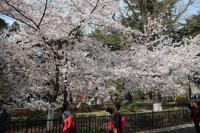Pruning method of lavender
Lavender usually needs to be trimmed after flowering. Cut it at the first node below the flower and trim the plant into a hemispherical shape. In daily cultivation, cut off the dry branches at any time. In order to control plant height and obtain better plant type, it is necessary to carry out appropriate re cutting in late summer and early autumn to promote new branches. When the lavender seedlings are too dense, they can be planted properly. When the seedling height is about 10 cm, they can be transplanted. Lavender grows rapidly and needs to change the basin once a year. In order to facilitate harvest, some small flower sequences in the early stage of cultivation can be flattened with big scissors, and the newly grown inflorescences are of the same height, which is conducive to one-time harvest. Some lavender varieties can reach a height of 90 cm. This method can also be used to make the plant low, promote multi branching and flowering, and increase the harvest< span>
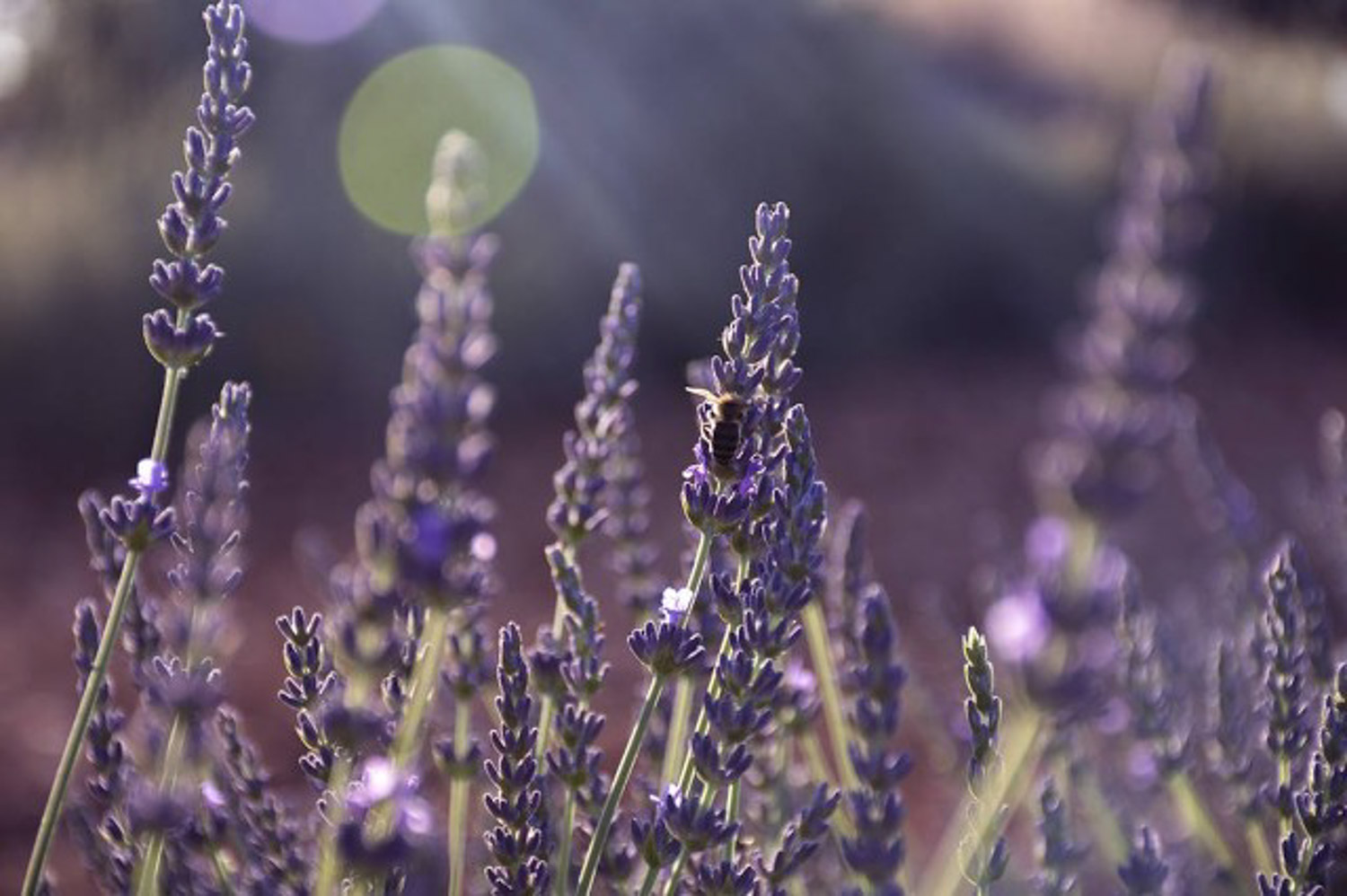
Pruning time of lavender
Lavender is usually pruned in spring, and pruning in autumn will affect its cold tolerance. When pruning, attention should be paid not to cut the lignified part, so as to prevent plant weakness and death. In summer, just put lavender in the shade. When the twigs grow to about 10 cm, they have to topple, otherwise there will be lignification, and the leaves will dry up after lignification< span>

 how many times do yo...
how many times do yo...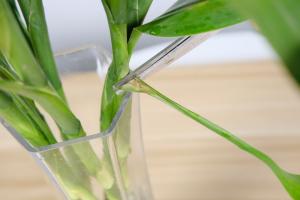 how many planted tre...
how many planted tre...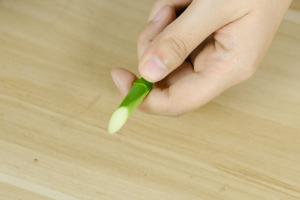 how many pine trees ...
how many pine trees ...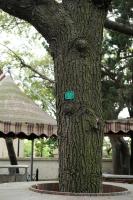 how many pecan trees...
how many pecan trees... how many plants comp...
how many plants comp... how many plants can ...
how many plants can ... how many plants and ...
how many plants and ... how many pepper plan...
how many pepper plan...